We’ve all been there: You’re tackling a load of last-minute laundry, and you come across a shirt or dress claiming to need a little extra care. But do you really have to dry-clean every item of clothing that mentions it on the tag, or have our washing machines evolved into decent dry-cleaning substitutes? And what happens if you decide to risk it and toss the garment in the wash with the rest of your laundry? After all, dry-cleaning isn’t the most convenient option, especially if you plan to rewear the outfit soon. Here’s what you need to know to keep your clothes in tip-top condition.

Beware of Temperamental Fabrics
While the delicate cycle is OK for some lingerie, nylons, and even (occasionally) cashmere, the longevity of certain fabrics still relies on dry-cleaning. For example, suede, acetate, leather, and silk can shrink or discolor if treated with detergent and water. Similarly, padded garments — such as structured jackets with shoulder pads — may lose their integrity through the wash cycle, or emerge from the machine clumped and misshapen. Even worse, their interiors may not dry completely, creating a breeding ground for bacteria and mold.
You also should err on the side of caution when it comes to beading, flocking, sequins, or anything glued. Washing machines have come a long way, but hand-crafted, vintage, or even lace garments tend to require special attention.
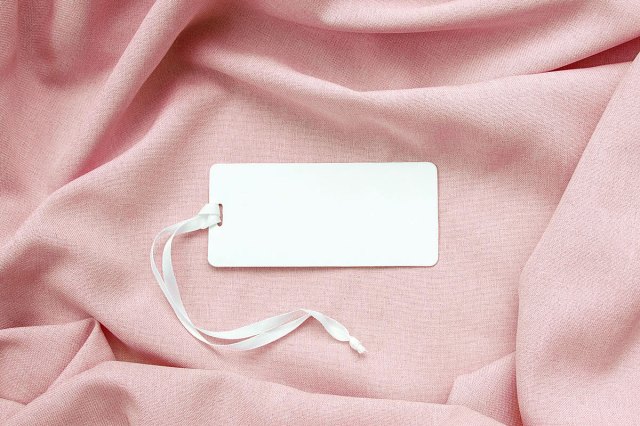
Garment Tags Don’t Lie
Clothing that must be dry-cleaned usually comes with straightforward instructions specifying as much: If the tag says “dry clean only,” consider it a necessity (and a warning). Should you stray from those three words, you may face sartorial consequences in the form of a ruined garment.
However, if the tag simply says “dry clean” — no “only” included — take it as a suggestion. That typically means dry-cleaning is recommended but not required. Pieces will likely survive gentle hand-washing in cold water (or even a delicate machine cycle in some cases). Just be sure to abide by any other care instructions on the tag regarding water temperature and drying methods.
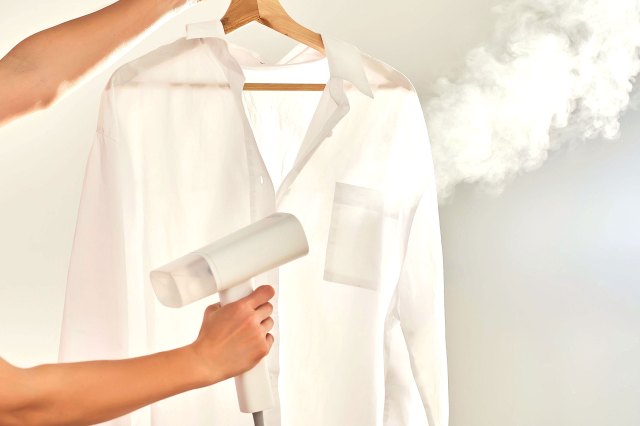
Yes, You Can Dry Clean at Home
If you’re feeling adventurous, you can attempt a DIY dry-clean at home — it won’t yield quite the same results, but it can help freshen garments between professional cleanings. (We recommend trying it first on something you wouldn’t be devastated to lose.) An at-home dry-cleaning kit will likely include a stain-removing pretreatment, solvent, a dry-cleaning bag, and step-by-step instructions. (Solvents can also be purchased on their own.)
In some cases, you can spot treat or steam clothes, but you’ll want to perform a water test on a small patch of fabric before committing. If there’s any sign of color bleeding or warping, save it for a professional. The same goes for stained fabrics, since many don’t react well to stain removers or bleach.
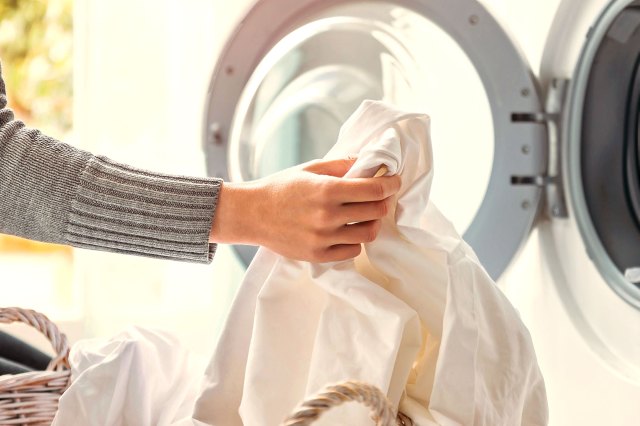
Avoid the Dryer
Regardless of how you proceed with at-home washing or a DIY treatment, avoid putting wet or damp “dry-clean” pieces in the dryer, unless the tag explicitly says it’s OK. Silk, leather, suede, wool, lace, and lingerie should be hung up or laid flat to dry, according to their instructions. After all, nobody wants their favorite piece to come out clean, but several sizes too small.
This article is for general informational purposes only.
Affiliate Disclaimer Medical Disclaimer



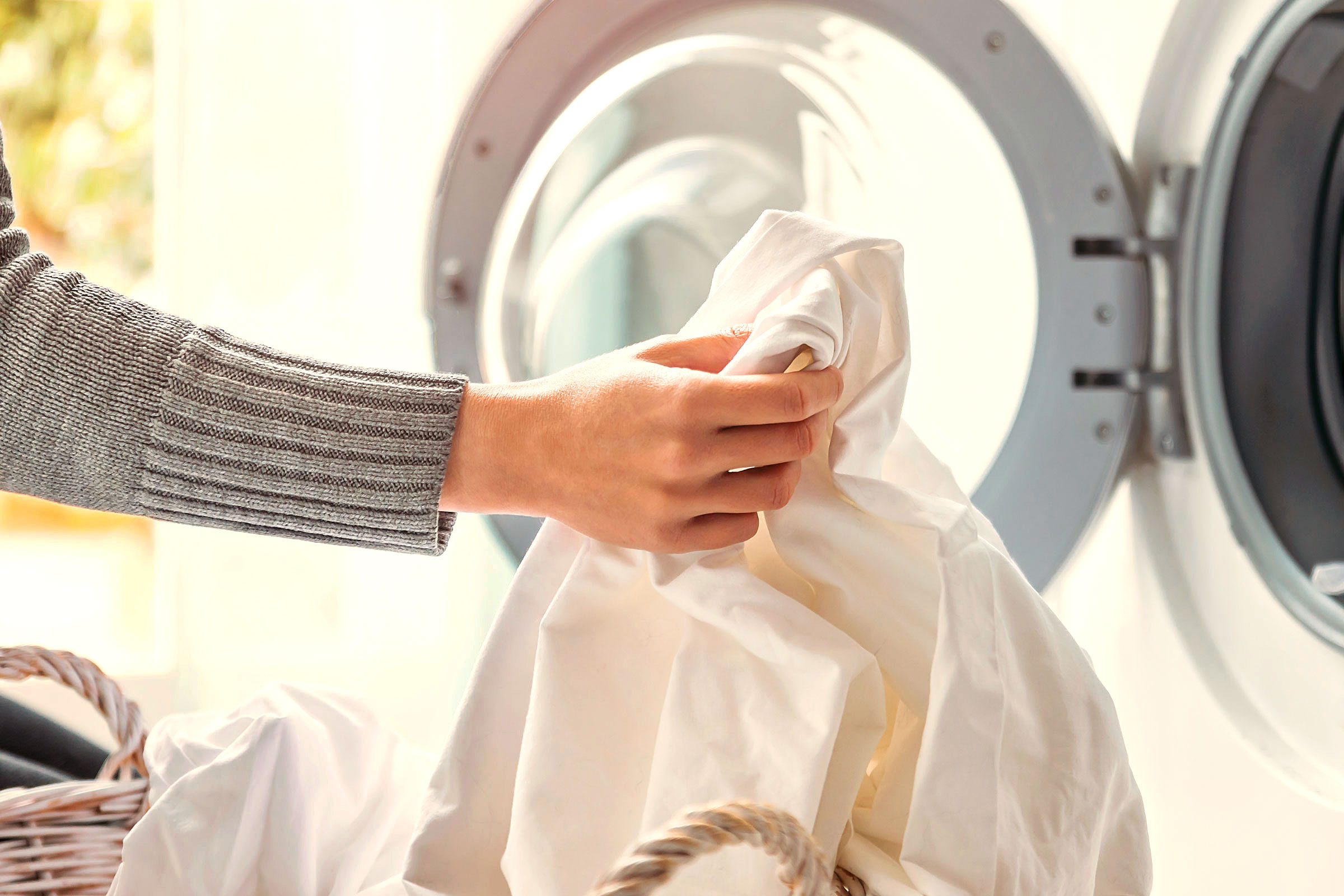







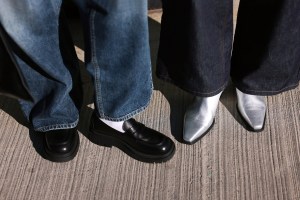


 Unique Beauty is free for all users.
Unique Beauty is free for all users.